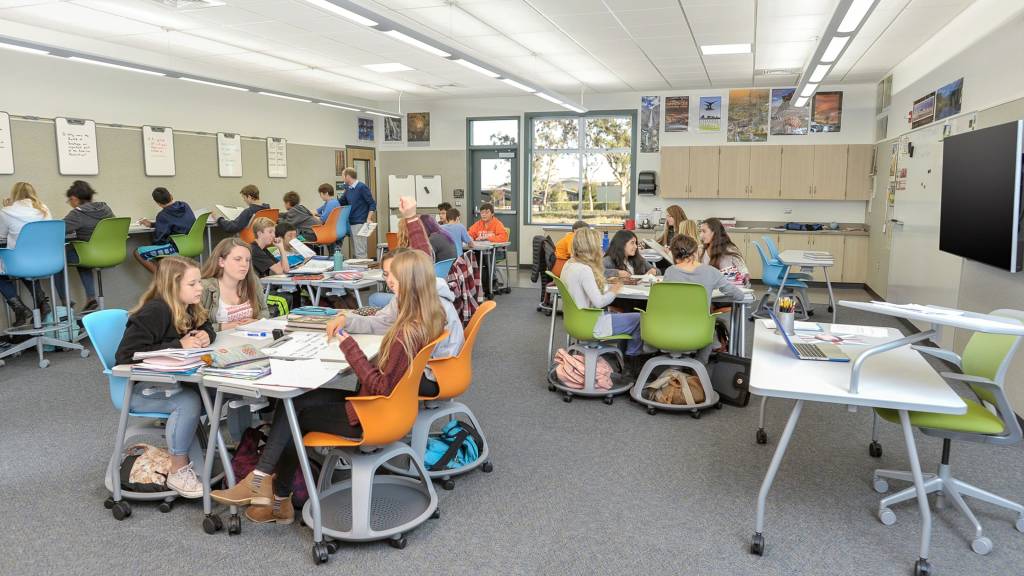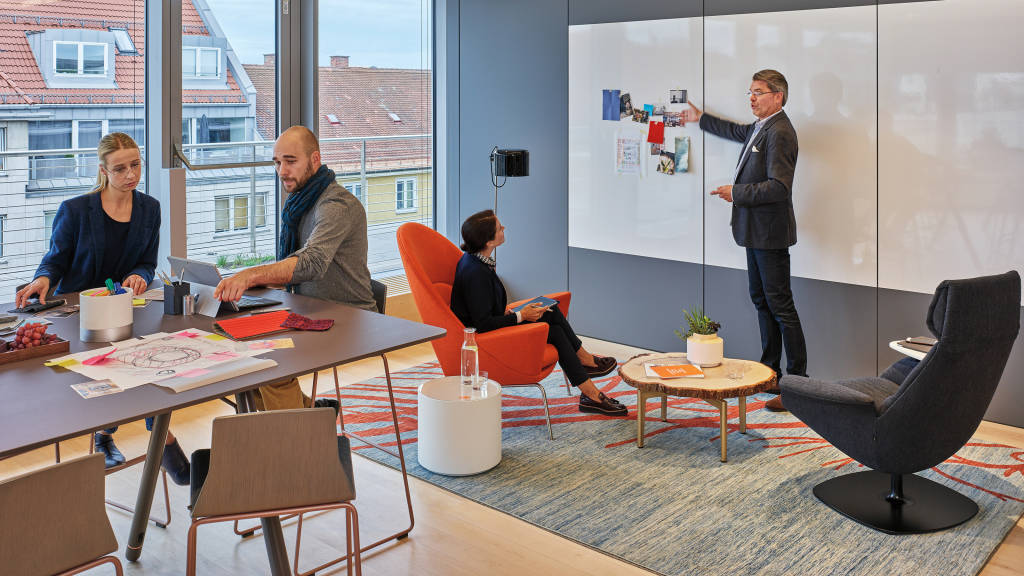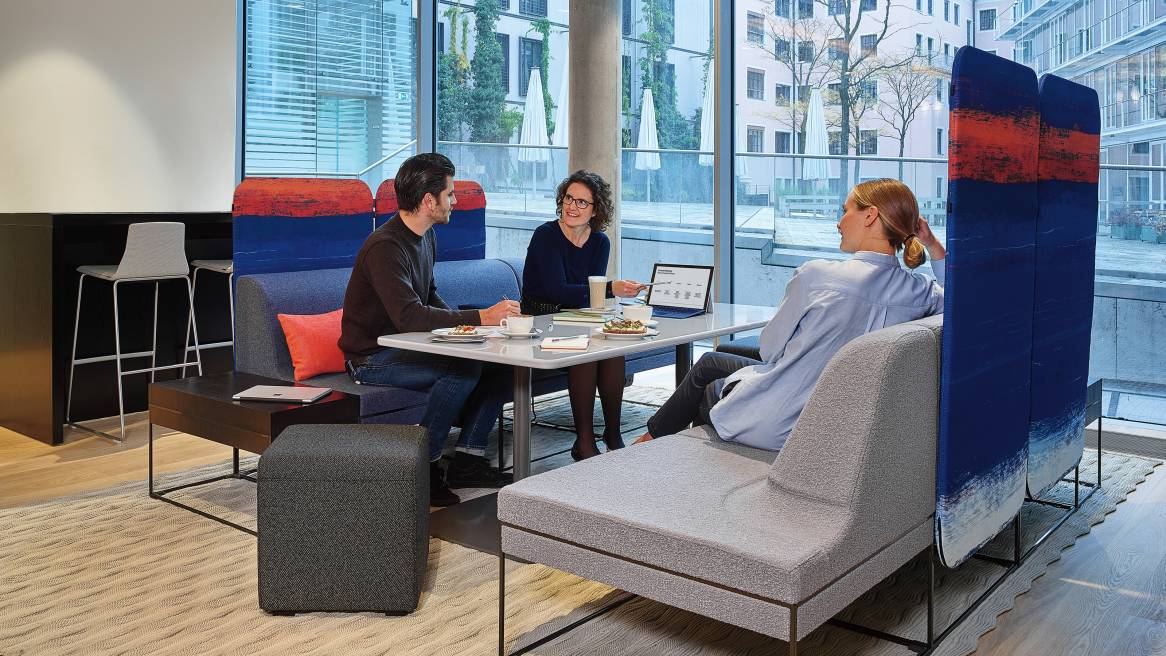Five Ideas for Finding Purpose at Work
Despite a recognition that shared purpose improves business success, research suggests people are struggling to find it at work.
Experts extolling the virtue of purpose-driven work are easy to find. In recent months, Forbes, Harvard Business Review and The New York Times have all published arguments on behalf of connecting with a company’s mission. Seventy-nine percent of business leaders think purpose is central to business success (pwc). And, nearly ninety percent of executives say an organization with a strong sense of collective purpose drives employee satisfaction (EY Beacon Institute, HBR Analytics).
Yet, evidence suggests despite lofty ambitions, many people are not finding purpose at work. The Gallup-Sharecare Well-Being Index reports a slight decline in the percentage of people who say they like what they do each day. Less than half of executives say their organization shares a strong sense of purpose. And, research including the Steelcase Global Report: Engagement and the Global Workplace continues to show only one-third of workers are highly engaged and highly satisfied.
There’s no need, however, to wait for purpose to manifest itself. Every day presents us with an opportunity to find purpose at work and make our lives and our organization better as a result. The recently published Corporate Sustainability Report (CSR) from Steelcase highlights a few simple ways to get started.
1. Find a Passion Project
What began as a tinkering teenager’s passion project to get him to school on time, became a $30 million business for Mike Radenbaugh. Inc. told the story of how Rad Power Bikes went from problem solving to profit recently. Not every passion project ends up a cover story. However, when you find a project where you feel like your work can make a difference, you’re bound to feel a renewed sense of curiosity, energy and excitement.
Lindsay Bonzheim, digital marketer at Steelcase, recently saw opportunity to improve the Steelcase Education Active Learning Center Grant experience. The grant gives Steelcase Education the opportunity to partner with leaders in active learning. Over the course of three cycles, 40 schools have received active learning classrooms translating to a total of more than $3 million invested in the future of education.
“By helping improve our online experience, I knew we could make it easier for educators to find out if they were eligible and enhance their grant applications. It means a lot to work on a project that benefits students and teachers,” said Bonzheim.

2. Invest in Community
In July 2016, 25 teenage girls and 10 Steelcase facilitators from Cluj, Romania participated in Camp GLOW (Girls Leading Our World). A global gender empowerment initiative founded in 1995 by the Peace Corps, GLOW aims to build self-confidence, help girls develop communication and teamwork skills and create an understanding of how to lead positive change in their communities and the world.
Alexandra Moldovan, the Steelcase leader who headed the camp, had previously experienced GLOW as a camper and counselor. “Sharing my experience and knowledge to help these motivated and determined young girls become the positive change they want to see in the world was an experience of a lifetime.”
Many organizations encourage employees and teams to volunteer in their communities or provide matching donations for charitable contributions. Spend time to figure out how your company works and how you want to contribute.
3. Strive for Sustainability
As you consider your personal sustainability goals and how they impact your organization, strive not only to contribute, but also, to inspire others. Whether you bike to work, use public transportation, bring your own water bottle or coffee container to reduce waste or look for opportunities to conserve resources by turning off lights, your actions impact the environment and can illustrate and encourage a sense of global responsibility.
Nancy Hirshberg, previous vice president of natural resources for Stonyfield Farm, wrote in GreenBiz about the value of celebrating sustainability efforts along with the importance of finding a balance between visibility and keeping a low profile. “Recognition can inspire people to do more. It drives trust and increases engagement. That’s why it’s such a powerful tool for the sustainability manager.”
Steelcase manufacturing plants employ a powerful internal recognition program. Suggestions yield positive impacts on the business and sustainability goals. One notable example of creative reuse came from the Steelcase wood plant in Michigan: operations team members were looking for opportunities to use excess melamine at the same time the packaging team was looking to better support a finished product during shipment. The teams realized they could use leftover melamine to build better pallets on-site. In addition to repurposing materials, the new pallets have improved support and protection for the product during shipment.
4. Connect with Colleagues

Work at its essence is a social endeavor. An oft-cited Gallup poll says that people with best friends at work are more likely to report that the mission of their company makes them feel their job is important. They are more likely to say their opinions count at work and that they have the opportunity to do what they do best each day.
Angela Eick, digital marketer at Steelcase, started the Young Professionals employee inclusion group nearly five years ago. “I felt compelled to help start this group because I wanted to connect with other people who were new to the company. We wanted to provide opportunities to network, make friends and learn more about the organization,” said Eick.
In 2017, employee inclusion groups at Steelcase grew to more than 20 diverse networks of people and topics including multi-cultural, veterans, wellbeing, young professionals, women, pride, social responsibility committees and more. Whether it’s formally or informally, as a leader or a participant, seek out your fit within your broader organization.
5. Everyone Teaches, Everyone Learns

Opportunities to contribute to your organization’s learning environment may exist in non traditional places. There’s a need for leadership across all parts of an organization in today’s ever-changing business climate. Professional development is no longer relegated to lectures, classrooms and formal learning sessions. Learning can happen everywhere.
Steelcase’s approach to learning fosters an environment where we all teach and we all learn. We spread learning and teaching through: classes and online courses, social learning, speaker series, conferences, lunch and learn events, mentoring and coaching. By helping to expand learning moments, you can drive development both personally and within your organization.
For more ideas about finding purpose at work, see the 2017 Corporate Sustainability Report from Steelcase.


